 Get a quote
Get a quote
Discover essential tips for optimising lead times in precision machining, including effective design practices and alternative buying methods. Learn how Penta Precision can streamline your CNC machining projects for faster delivery and improved efficiency.

CNC prototyping is an essential step in bringing your product to life. It lets you see how your design performs in the real world and identify issues early. However, turning that prototype into a production-ready part can be tougher than you think.
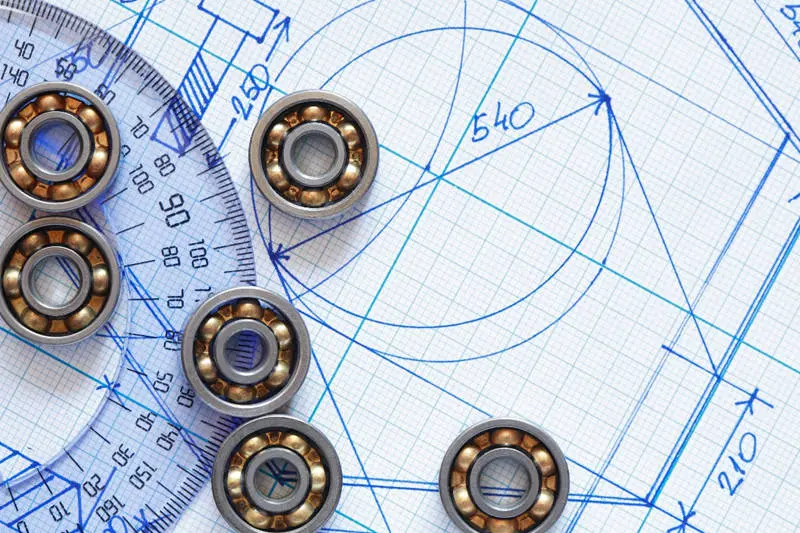
From cost-efficiency to tight schedules, quality demands, and specific application requirements - there are so many factors to consider and balance during the component design phase. In this blog, we dive into the world of Design for Manufacturability (DFM) – a critical early-stage process in production development that can make or break your project's success.
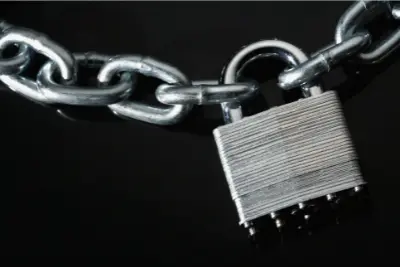
When the economic backdrop is challenging, taking steps to secure your supply chain is one way to feel more in control. Director Mark Walker shares three top tips for securing your supply chain when sourcing CNC machined parts.
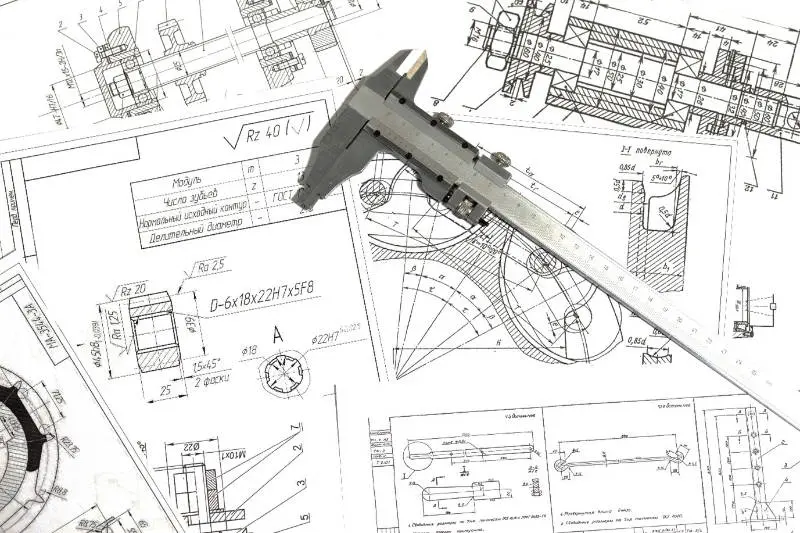
In the world of CNC machining, precision is paramount. One key aspect of achieving precision is specifying tolerances. Tolerances define the allowable variation in dimensions for a given part. In this blog post, we will explore what tolerances are, why they matter in CNC machining and how to effectively specify them for optimal results.
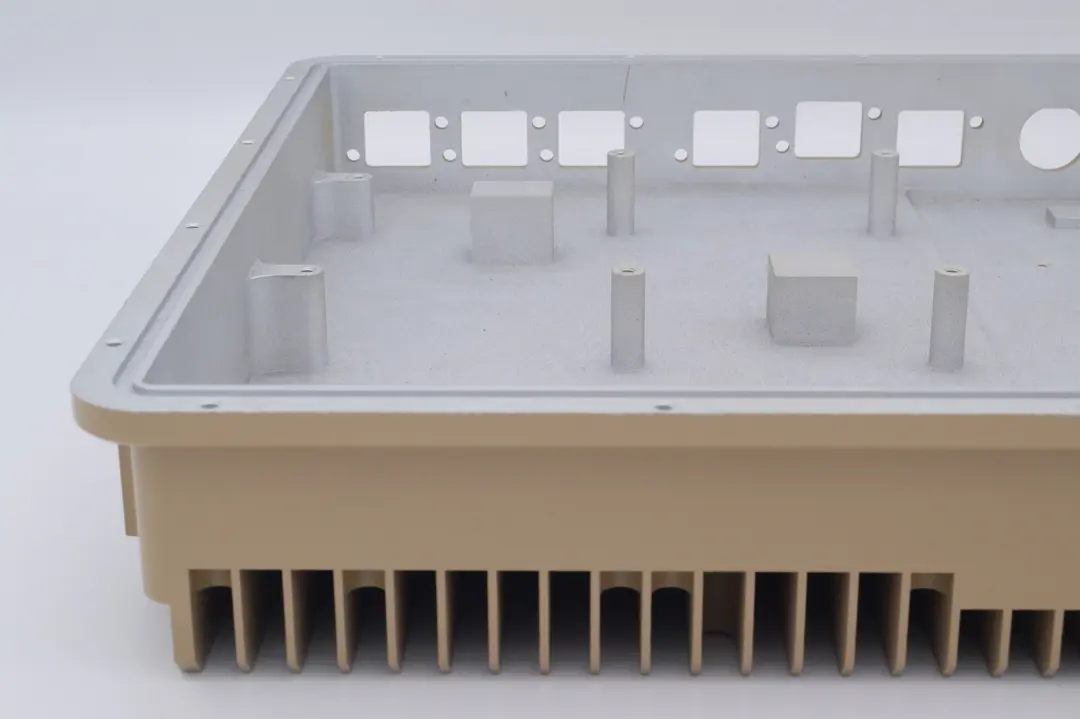
Designing an electronic enclosure isn't always straightforward, and keeping costs down can be crucial for making the end product financially viable. From material choice to surface finish, there are decisions made across the whole manufacturing process where you may be adding unnecessary costs.
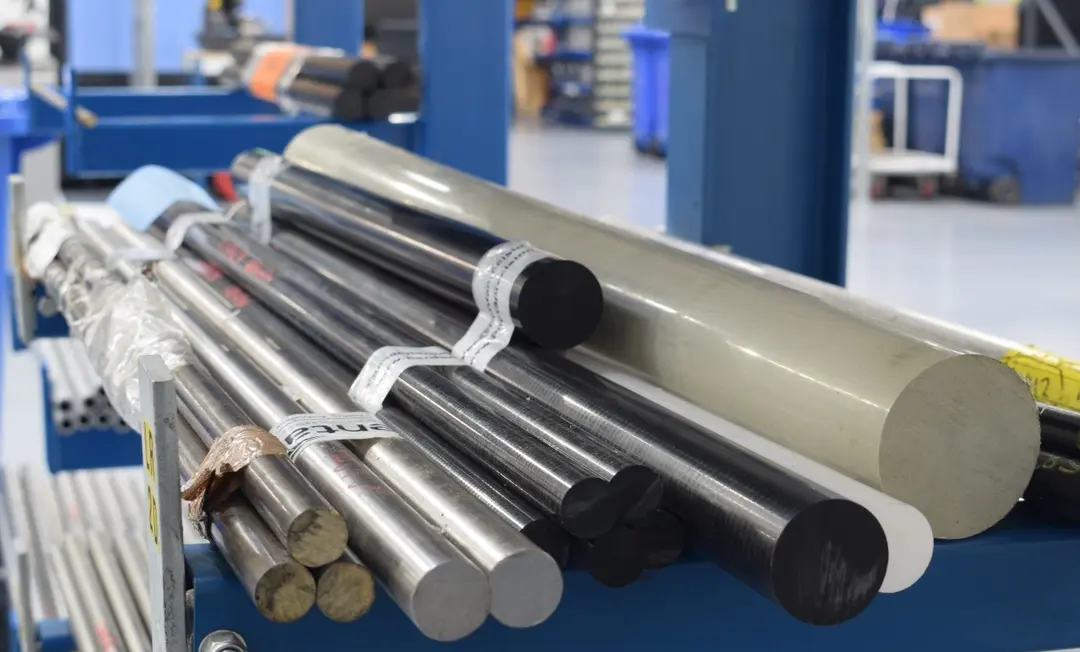
When it comes to CNC machining, data sheets are often relied upon by designers to guide their decision-making process. However, they do have their limitations in the context of CNC component design. Learn about these limitations and how to overcome them.
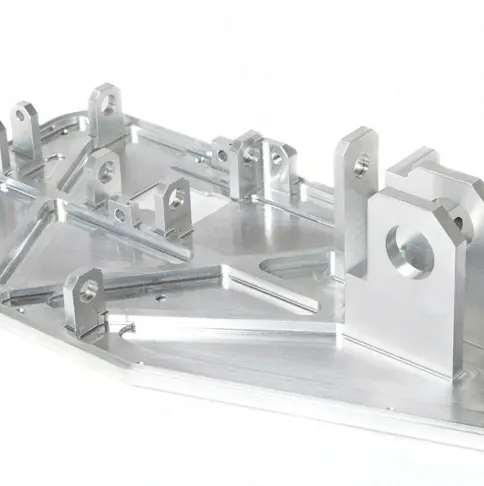
Exploring some common issues that may have arisen with your once reliable, existing CNC machining supplier. From quality and consistency concerns to communication gaps and inflexible approaches, we shed light on the signs that indicate it might be time to consider a new supplier. We delve into the reasons behind these frustrations and help you navigate the process of finding a more reliable CNC machining partner.
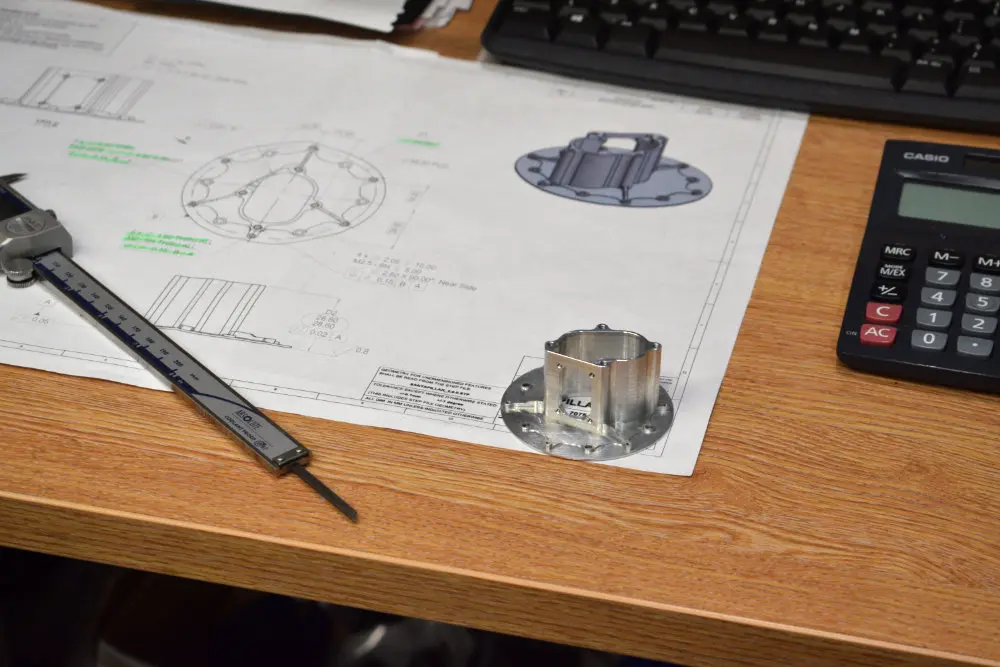
If your machined components arrive with quality issues, this may not be simply a problem with your supplier producing components to drawing. In reality, quality issues are a symptom of a bigger problem. Find out why this occurs and ensure it doesn't happen in the future.

Under pressure to cut spending? Struggling to maintain quality standards? The increase in raw material and energy costs is pushing up the price of CNC machining, but knowing what other aspects of your project will affect price can help you to keep costs down.